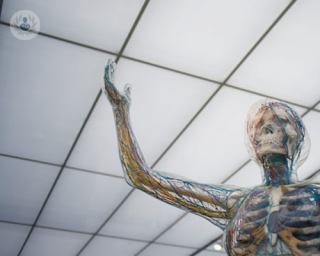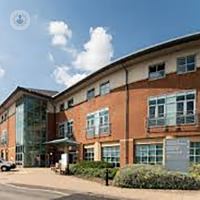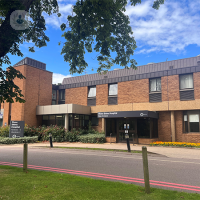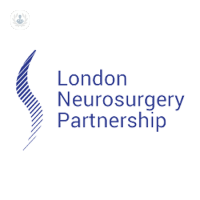Nervous system
What is the nervous system?
The nervous system is a complex collection of nerves and cells that transmit signals from the brain and spinal cord to different parts of the body.
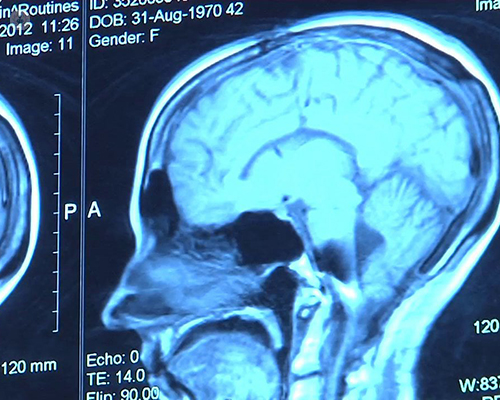
The nervous system has two main parts, the central nervous system (CNS) and the peripheral nervous system (PNS). The central nervous system is made up of the brain and spinal cord, and the peripheral nervous system is made up of the somatic and autonomic nervous systems, which are made up of nerve fibres from the spinal cord that cover the whole body, including muscles and internal organs.
The central nervous system is made up of the brain and spinal cord. The brain has two hemispheres which are divided into lobes, they include; the encephalon, the brain, the cerebellum, the medulla oblongata, and the diencephalon. In the brain, the neurons – which are made up of a nucleus, axons, and dendrites – play an important role, communicating through axons and dendrites, sending electrical signals that release neurotransmitters.

How does the nervous system function?
The main function of the nervous system is to process signals while coordinating the body. The nervous system is responsible for managing, supervising, and controlling bodily functions, including muscles, joints, and internal organs.
The nervous system uses receptors to gather information, which are placed all over the body such as in the eyes, ears, and the skin, among others. The receptors gather data and send it to the nerves via the nervous system.
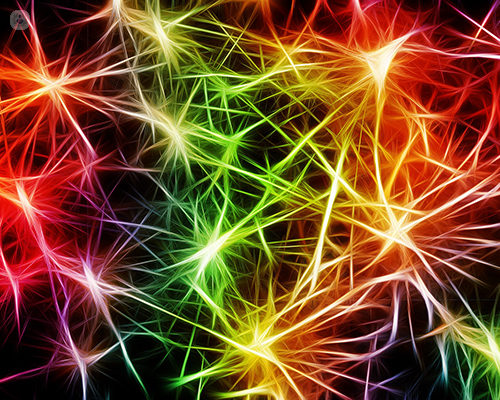
The nervous system ensures the internal functioning of the body and controls breathing and heartbeat among many others things. Other functions that it controls include:
- Brain growth and development
- Thoughts and emotions
- Learning and memory
- Sleep
- Movement, coordination, and balance
- Stress
- Ageing
- Body temperature
- Appetite and thirst
What diseases can affect the nervous sytem?
There are many diseases and disorders that can affect the nervous system, the most common ones are:
- Multiple sclerosis: the neuronal axons progressively lose myelin, which is vital for sending electrical impulses. The body is eventually unable to send these electrical impulses. The disease causes weakness, muscle spasms, coordination problems, and balance issues, among many other symptoms.
- Tumours: there are many tumours that can affect the nervous system, including; astrocytomas, glioblastomas, meningiomas, and gliomas.
- Epilepsy: is a disorder where some neurons are hyper sensitive and activate at the slightest change, causing symptoms such as loss of consciousness, a lack of coordination, weakness, and in more severe cases, seizures.
- Amyotrophic lateral sclerosis: is a progressive deterioration of the nervous system motor cells. Muscles eventually stop receiving messages from the brain and this causes atrophy, preventing movement, disabling the patient. As the disease progresses, it may affect heart and respiratory muscles.
- Infections: there are some that do not alter the marrow, such as HIV and syphilis. Meningitis is the inflammation of the meninges, which surrounds the brain and spinal cord, and it is caused by bacteria and viruses.
- Dementia: these diseases affect the brain and cause a progressive deterioration and loss of neurons, leading to cognitive and motor loss. Conditions include Alzheimer’s and Parkinson’s.
- Guillain-Barré syndrome and other autoimmune conditions. Guillain-Barré syndrome is a very rare, severe nerve condition. It mainly affects the limbs and hands. Symptoms include pins and needles, numbness, pain and difficulty walking or with balance. It is treatable, and most people make a full recvoery but in some cases it can affect people for life.
Other diseases include neuropathies and metabolic disorders, injuries, sectioning, mononeuropathies, or neuralgias.

What treatments are available for nervous system diseases?
- Multiple sclerosis: there presently is no treatment that cures it. Treatment seeks to prevent disease progression and lessen relapse frequency.
- Tumours: there are five types of treatments commonly used, including active monitoring, surgery, chemotherapy, radiotherapy, and targeted therapy.
- Epilepsy: the specialist will recommend epilepsy medications, however, if this does not help the seizures, surgery may be considered. There are also therapies such as vagus nerve stimulation, brain stimulation, or the ketogenic diet amongst others.
- Amyotrophic lateral sclerosis (ALS):
- Meningitis: bacterial meningitis is treated with intravenous medication and corticosteroids. Viral meningitis normally gets better on its own, providing the patient is getting enough rest and fluid intake.
- Alzheimer’s: there is presently no known cure, but there are medications that can control or delay the onset of symptoms in the early stages of the disease.
- Parkinson’s: there are many treatments including pharmaceuticals, surgery, and non-pharmaceutical therapies.
- Guillain-Barré syndrome: the most common treatment for Guillain-Barré's syndrome is intravenous immunoglobulin (IVG). This can weaken the immune system's attack on the nervous system.
What specialist do I need to see for a nervous system disease?
The specialists who diagnose and treat nervous system diseases are neurologists and neurosurgeons. However, as the disease progresses, the patient may see many specialists including; psychologists, oncologists, resident doctors, and many more.



